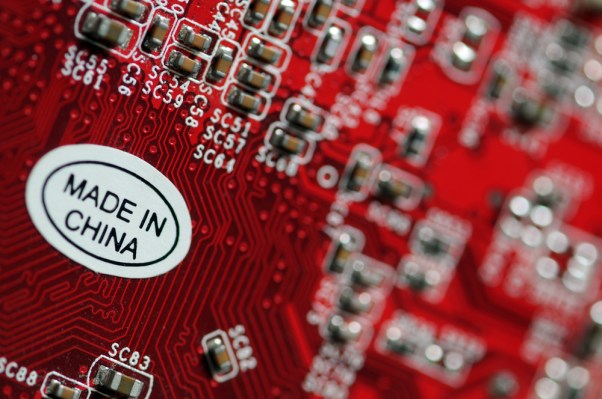Editor’s note: Noah Herschman is COO of DHgate, the first-to-market, transactional e-commerce platform focused on cross-border trading China goods.
Anyone in the tech industry has heard of Xiaomi and OnePlus by now.
And if you have been in a media black hole, here is a quick education on these Chinese smartphone companies: Xiaomi has surpassed both Apple and Samsung as the No. 1 smartphone in China, and OnePlus this month announced U.S. pre-orders for its ultra-low-cost, high-quality smartphone OnePlus One, which is winning rave reviews.
But there are thousands more phones, tablets, smartwatches, wearables and accessories coming from China into the U.S. market. Unbranded, unlocked and built by the same factories that are making the world’s top mobile and consumer electronics devices, these devices provide top-notch manufacturing and design for a fraction of the cost of global brands we’re familiar with.
And it’s not just electronics. The industry is seeing strong and increasing sales of direct product imports across health and beauty, weddings and events, fashion/apparel and even automotive.
Two of the highest-volume products imported will definitely surprise you: hair and wedding dresses. That’s right, there is a huge market for human hair, and for women with extensions and weaves, and it’s expensive to upkeep. But not when you source directly from China. Custom-fitted wedding dresses from China will set brides back a few hundred dollars, not thousands. The commonality again is pricing and affordability, while still buying quality products.
So why should big brands be worried?
Manufacturing. The world’s top brands already source their products from China. It is the largest exporting nation to the tune of $2.2 trillion in goods last year. We’ve created a manufacturing mecca in China – driving world-class facilities and manufacturing expertise. No other nation has the breadth of experience and facilities to build the volume and quality of products driven out of China today.
Pricing. Consumers are already realizing they don’t need to spend premium dollars for branded goods, and these cost-conscious consumers now have options. OnePlus is offering its 64 GB unlocked OnePlus One phone, with a 5.5” screen, 13 MP Sony Exmor camera and 5 MP front camera for just $349. Compare that to $849 for Apple’s iPhone 6 Plus equivalent.
Direct Distribution. Currently, Xiaomi does not sell into the U.S. market, and OnePlus is taking preorders – but with direct access to China goods via cross-border e-commerce channels, U.S. consumers and small businesses are now sourcing products directly from China, with no markups, no marketing overhead, no middlemen. Right now, any U.S. consumer or SMB can source essentially any product they can imagine direct from Chinese manufacturers with fast and reliable shipping through e-commerce sites.
Is the average consumer today aware of cross-border e-commerce options? No, not yet. But as Chinese brands continue to become more savvy in their marketing, and innovative in their design and feature offerings, cross-border trade will continue to allow them to gain mind and market share with consumers and small businesses.
In the meantime, domestic distributors and wholesalers are getting squeezed out as SMBs are directly sourcing bulk Chinese electronics to stock in their U.S. storefronts nationwide. Armed with quality electronics for a fraction of the price, the little guys can offer unique products and price points to compete with big-box and big brands.
